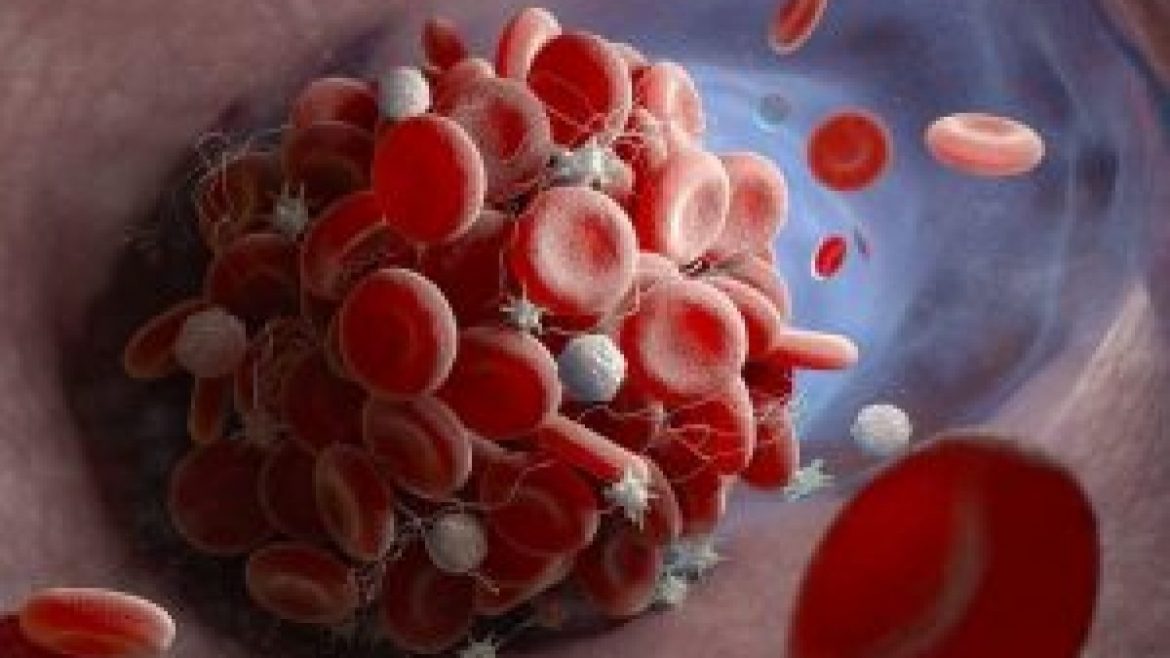According to a new study, significant inflammation impairs the body’s capacity to eradicate malignant blood cells in people with acute myeloid leukaemia (AML). Experiments in human cells also demonstrated how increased levels of inflammation, as indicated by an aggressive response of immune cells in the bone marrow, affected the makeup of immunity B and T cells required to combat the disease as if it were an invading pathogen or virus. Researchers at NYU Langone Health and its Perlmutter Cancer Center were able to rate each patient’s level of inflammation using bone marrow samples from 20 adults and 22 children with the fatal condition.
These “iScores” were then associated to survival rates, with people with the lowest iScores often outliving those with higher iScores. Patients with leukaemia who had high iScores died at least four years earlier than those who had modest levels of inflammation. According to the NYU researchers, the new “iScore” method may be added to current instruments for detecting AML severity and utilised by clinicians and patients when choosing on immunotherapy, chemotherapy, or bone marrow transplantation.
“Our scoring system gives an accessible tool for clinicians and patients to quantify their risk from inflammation associated with their leukaemia and alter their treatment programmes accordingly to reduce this risk,” research co-lead scientist Audrey Lasry, PhD, explains. She claims that the measurements required to determine a patient’s iScore are openly available to academic researchers and doctors in the study article, which was published in the journal Nature Cancer.
According to Lasry, a postdoctoral fellow at NYU Grossman School of Medicine and Perlmutter Cancer Center, some patients may prefer immunotherapy to enhance immune cells needed to combat cancer if their inflammation score is high. Others may prefer alternate therapy in situations of mild inflammation related to cancer since their immune system does not require strengthening.
The study also discovered that in both adults and children with AML, bone marrow levels of defective (atypical) immunological B cells were connected to inflammation. A dozen gene mutations, or flaws in the genetic code, were discovered to be associated with high iScores and severe instances of the disease. Another significant result was that the efficiency of certain immunological T cells, which directly attack cancer cells, was inhibited in kid instances of leukaemia with high inflammation but not in adult cases.
“Our study is the first to provide a detailed description of how inflammation alters the tumour microenvironment in both adults and children with acute myeloid leukaemia,” says study co-lead investigator Bettina Nadorp, PhD, who is also a postdoctoral fellow at NYU Grossman School of Medicine and Perlmutter Cancer Center.
“These study findings suggest that monitoring inflammation in patients with AML and possibly lowering inflammation levels with drug therapy should be considered as part of treatment for the disease,” says study senior investigator Iannis Aifantis, PhD.
The team plans to analyse bone marrow samples from people with myelodysplastic syndrome, another blood cancer related to acute myeloid leukaemia, to see if the same risk stratification applies based on inflammation, according to Aifantis, the Hermann M. Biggs Professor and chair of the Department of Pathology at NYU Grossman and Perlmutter.
Researchers compared bone marrow samples from patients with acute myeloid leukaemia to bone marrow samples from 10 healthy adults of comparable age, race, and gender who did not have cancer. In adults with the condition, 246 genes associated with inflammation were found to be highly or less active, whereas 187 genes associated with inflammation were found to be similarly active in children.
Researchers reduced their investigation to 38 important genes in adults and 11 in children by factoring in how long each patient had survived with the condition, and were then able to construct a score that linked inflammation levels to survival. When a group of patients’ iScores are compared, researchers claim it’s straightforward to identify who’s iScore is higher or lower than the average and by how much, which may then be used to direct a patient’s therapy.
For any economic activity stemming from the usage of the iScore, the research team has a patent application filed. The terms and conditions of this patent are controlled in line with NYU Langone’s regulations.
Acute myeloid leukaemia develops in the bone marrow and is characterised by the accumulation of aberrant blood cells, which can interfere with the formation of healthy blood cells. The most prevalent kind of blood cancer affects largely adults and kills around 11,500 Americans each year. Chemotherapy, radiation therapy, and immunotherapy are all treatment possibilities. If all other methods fail, bone marrow transplantation may be considered.

